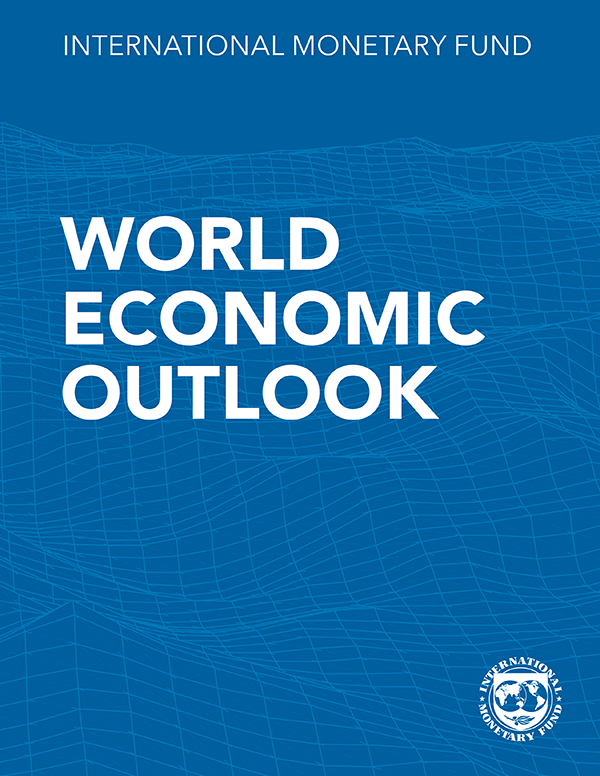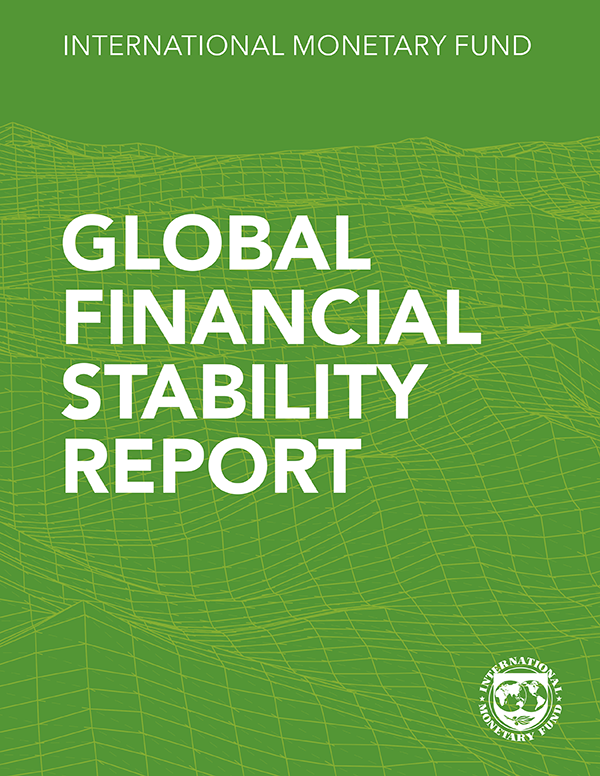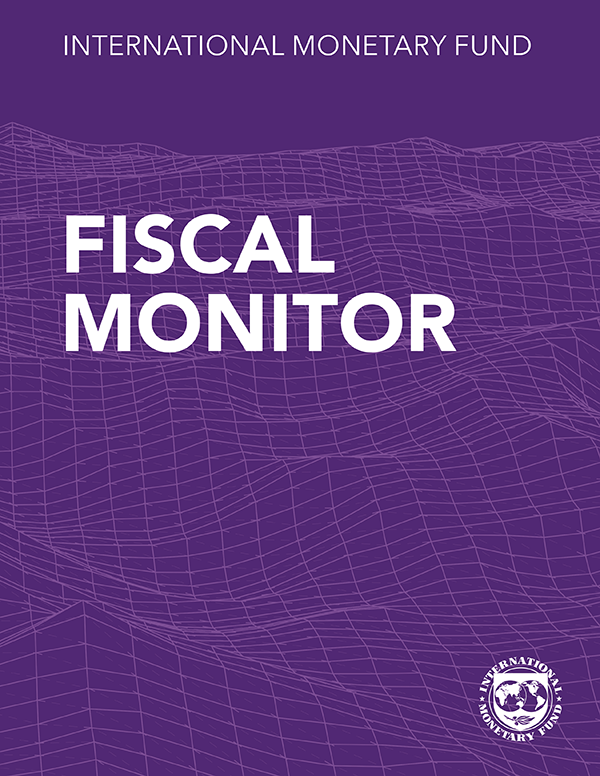A Recovery Short of Europe’s Full Potential


Note One
Europe’s widening productivity gap with the U.S. has deep firm-level roots. Compared to the U.S., Europe’s leading firms innovate and grow less, while young high-growth firms have a smaller footprint in the economy and tend to remain small. Bottlenecks like smaller markets and limited equity financing hinder leading firms to innovate and scape up, particularly in tech sectors. To unlock the potential of young high-growth firms, human capital investment and greater risk capital availability are needed. Beyond long-documented policy priorities—improving the design and coordination of public support to R&D, education systems—the chapter’s findings highlight the importance of removing intra-Europe barriers to factor and product markets integration for improving business dynamism and reviving Europe’s productivity growth. This regional agenda must be complemented by domestic reforms to lower barriers to firm entry, facilitate exit, and remove tax and regulatory disincentives to grow.
Publications

-
September 2024
Finance & Development
- PRODUCTIVITY

-
September 2024
Annual Report
- Resilience in the Face of Change

-
Regional Economic Outlooks
- Latest Issues









